The President and CEO of Epiroc, Per Lindberg, says the mining equipment maker is likely to continue making acquisitions as it strives for long-term growth over the latest business cycle.
In the company’s first full year of operation, Epiroc has, among other transactions, acquired a minority stake in mining autonomy major ASI Mining, agreed to buy rock tools manufacturer Fordia, and purchased Sautec.
Lindberg said in the company’s December quarter results that Epiroc is targeting to grow at least 8% per year on average over a business cycle.
“While we grew well beyond that in Q4 and in 2018, we believe we continuously need to make acquisitions to secure long-term growth as well as access to new technologies, markets and geographies,” he said.
On the recent Fordia, New Concept Mining and Sautec buys, Lindberg said Epiroc expected strengthened positions in exploration, rock reinforcement and service, and an additional SEK 1.2 billion ($132 million) in annual revenues.
In the December quarter, Epiroc said its orders received increased 17% to SEK9.47 billion, revenue jumped up 25% to SEK10.56 billion and its operating profit went from SEK1.53 billion to SEK2.16 billion, including costs related to the split from Atlas Copco and change in provision for long-term incentive programmes of net SEK8 million.
Lindberg reflected on this quarterly performance, saying: “We have been able to ramp up our capacity in manufacturing and service to support our customers, and revenues reached a record SEK10.56 billion, up 19% organically.”
He added: “In our first year as Epiroc we achieved strong growth in both top and bottom line, in parallel to a successful split and introduction of the new company. Reported orders and revenues increased 16% and 22%, respectively. Our operating profit increased by 25% and the operating margin, adjusted for split costs and provision for long-term incentive programmes, increased from 19.4% to 20.3%.”
Lindberg said customer demand for Epiroc’s equipment, services and tools remained at a good level during the quarter. “In mining we continue to see that the majority of the equipment orders are for expansion, including also some orders for greenfield projects,” he said, while aftermarket business was supported by high activity among its customers, leading to strong growth.
During the most recent quarter, Epiroc launched the second generation of its battery-operated equipment at an event in Örebro, Sweden.
Lindberg said the event created strong interest from Epiroc’s customers and orders have already started to come in.
In terms of the future technology transition in mining, in general, Lindberg said: “Our customers are ready for a major technology shift towards more automation, digitalisation and battery power.
“While the complete transition will take time, it is exciting to already now see the positive customer reactions.”
Looking into 2019, Lindberg said: “We will continue to focus on improving our customer offerings, our efficiency, agility and resilience. These are, and will continue to be, the strengths of Epiroc.”






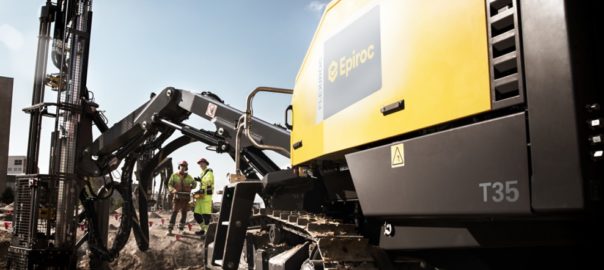
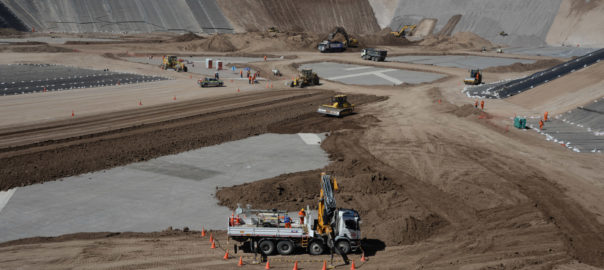
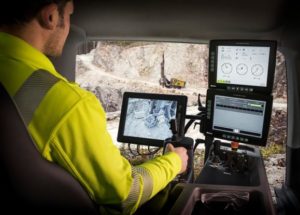


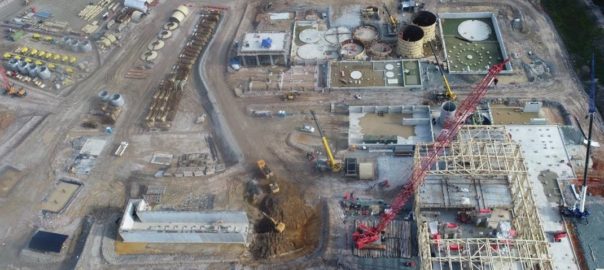

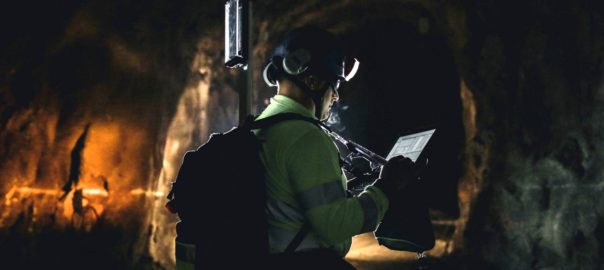

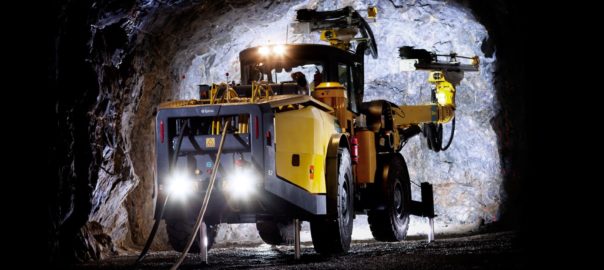
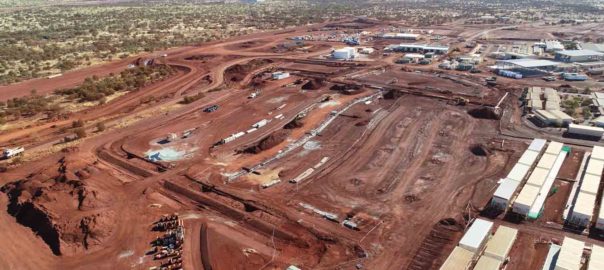
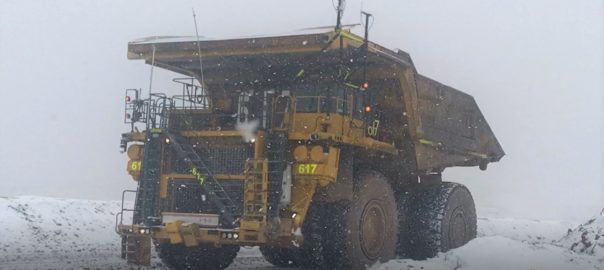
 Epiroc is a great company, is very well managed, and has a great business model, vision and strategy. As we leverage some of their capabilities and work together in some of these areas, it will make us a better company for sure.
Epiroc is a great company, is very well managed, and has a great business model, vision and strategy. As we leverage some of their capabilities and work together in some of these areas, it will make us a better company for sure.